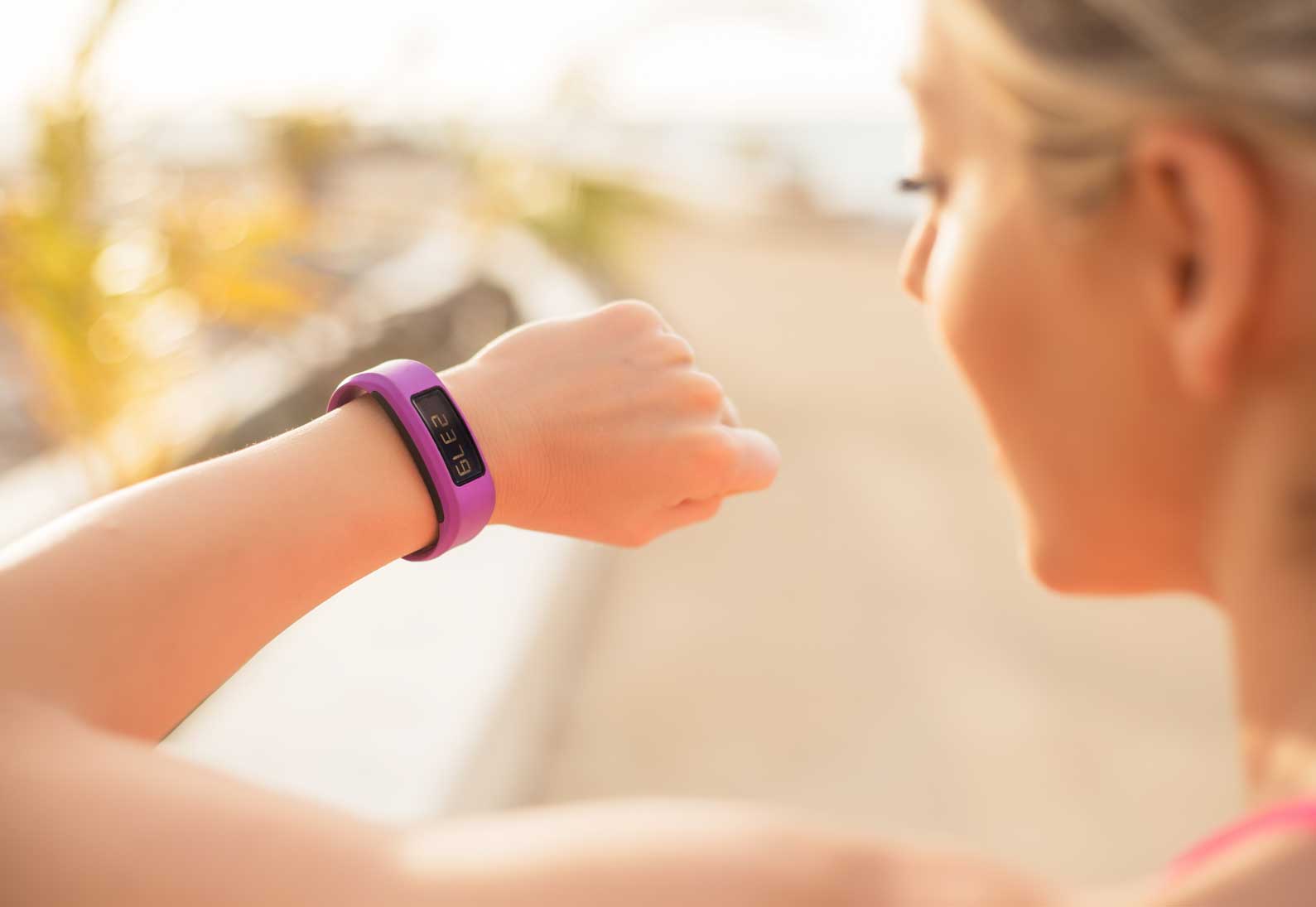Barriers You Face while Developing an App for Wearables
Wearable have taken the world by storm over the past few years. Products like the Apple Watch, Google Glass, and FitBit are the wave of the future. A lot more people use these mini devices, especially to monitor their health. Now is, perhaps, the best time to develop an app for wearable devices. There is not much competition at the moment and developers have had a few years to hone their skills in building apps for these tiny devices.
If you’re planning on building a wearable app, here are some common challenges you are likely to face:
Making an Easy-To-Use App
Wearables have very small screens, sometimes as small as two inches. Making gestures and commands on the screen is a challenge. Your app has to be easy-to-use. If you try to build something too intricate, users are likely to get annoyed with it.
Your Apps Cannot Drain Too Much Battery
Wearables have a very limited battery life, usually a handful of hours on a full charge. Your app cannot be too power intensive – it needs to be able to run continuously for at least a few hours to be of any use to customers.
Lack of Cross-Platform APIs
There is no API available at the moment for wearables, so you can’t build a cross-platform app that works on all devices. Fragmentation is a major problem and can ramp up costs if you want to target multiple devices with your app.
Limited Functionality Due To Low Computing Power
Wearables don’t have much processing power, and a lot of it will be taken up by the operating system. Your app has to be able to work with limited resources – and it has to run smoothly and quickly too. Users tend to be unforgiving with slow loading, clunky apps.
When you make an app for a wearable device, it has to be a long-term commitment. You will have to update it regularly to keep up with changing technology. It will also help your business if you get an expert app development team onboard to work on the app so that you can build a better product.


no responses.